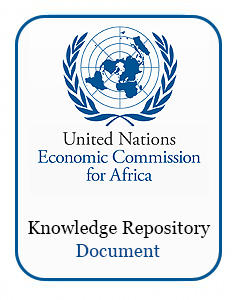Mixed-species allometric equations and estimation of aboveground biomass and carbon stocks in restoring degraded landscape in northern Ethiopia
Accurate biomass estimation is critical to quantify the changes in biomass and carbon stocks following the restoration of degraded landscapes. However, there is lack of site-specific allometric equations for the estimation of aboveground biomass (AGB), which consequently limits our understanding of the contributions of restoration efforts in mitigating climate change. This study was conducted in northwestern Ethiopia to develop a multi-species allometric equation and investigate the spatial and temporal variation of C-stocks following the restoration of degraded landscapes.






